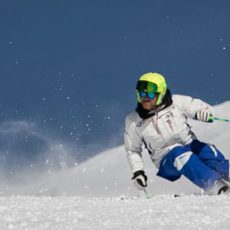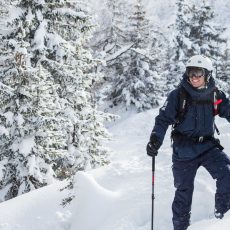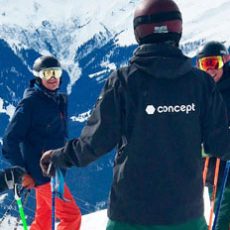WORKING DURING YOUR ISIA TRAINING?
HOW MUCH IS ENOUGH? AND HOW DO YOU WORK IT OUT?
Before you plan a season training in Verbier get a few things straight about your winter…
It’s a really tough to balance to working and training.
On one hand you need to be able to train enough to get your skiing to the next level.
But on the other hand you need to work enough to earn money.
Now the truth is that the ISIA is a tough standard – the technical and teaching requirements require instructors to develop their skiing and really become much more accurate than you needed to be for the Level 2.
So you can’t work full time and then slot some training around your lessons – or worse still, end up cancelling training so that you can work.
It’s a different situation for everyone so here are the key things we flag up with all instructors joining the Concept programme.
Work enough – not too much and not too little
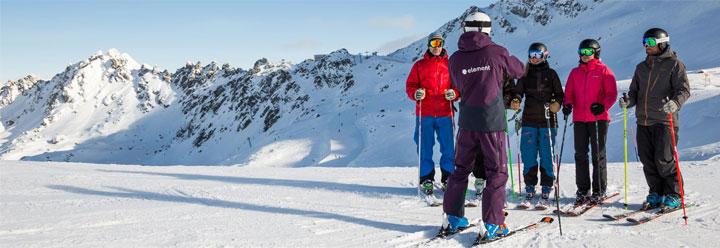
There’s no point in training all winter if you run out of money. So you need to be very clear going into the season what kind of season you’re planning.
Firstly, if you want to just focus in on skiing and training and then getting the exams done that’s great. Of course you will be able to work less, but you will be able to make the most changes.
At the other end of the spectrum you can work loads – push through 400 hours and make some money. But your training will be hit hard and you won’t make a lot of changes because you simply won’t be training in a concerted way.
Then, between the two extremes there are two possibilities.
You can train a bit, and work a bit. But end the season feeling like you didn’t do enough of either.
Or you can be in that middle ground and get the balance right.
So you train loads but not full time, you work enough but not too much.
And you go into your exams ready to pass – but with enough money to celebrate afterwards.
These are factors that you control

You need to start the season with one of the above scenarios in mind.
You have to make that choice.
OPTION 1
You can say “I want the ISIA more than anything and I know it’s a platform for the rest of my career, so I’m not really going to work.” So you control the volume (and quality) of training you choose.
And if you have some savings then it’s a great and focussed way to get through the ISIA exams.
OPTION 2
You can say, “I want to work loads and I’ll do some training too”.
So you opt to reduce training and push for a job with more work (if that’s an option).
And that’s fine – you will just have a season working and your training won’t be so intense (or effective). If your training is less than 200 hours in a season, we’d normally expect it to take at least two seasons to make the jump from Level 2 to ISIA Level 3.
OPTION 3
We find that category three is the big one for ISIA training – choose to work part-time and train part-time.
And that tricky tightrope means getting enough hours training and enough hours teaching.
So if you choose this you really need to be clear on what that means – know your teaching programme, and know your teaching wage and the number of projected hours.
Ask the right questions:
- How many hours training will I get?
- Who’s my coach?
- How many hours teaching will I get?
- What’s my wage?
With the answers to these in mind, you can read the targets below and do the maths…
What are good targets?
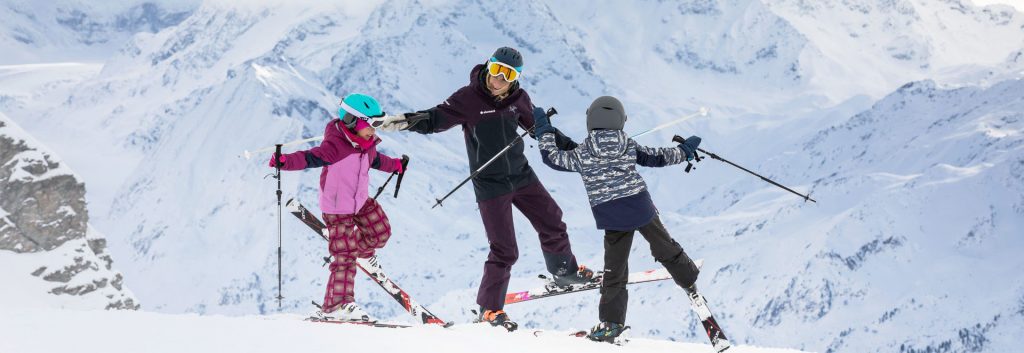
We think that part-time hours are anywhere from 100 – 200 hours teaching, depending on your commitments (and, frankly, your savings).
Training hours are always personal, but we think over 200 hours is a good target – focussed training that helps you really make changes (and that’s precisely why we offer 180 hours of coaching in the Concept programme).
For wages, it can vary a lot but you should look for between 20 and 30 chf per hour if you’re in Verbier and a Level 2.
Remember there is always a balance between your wage and the number of hours you get – the volume of hours is vital…
Get the balance right for you
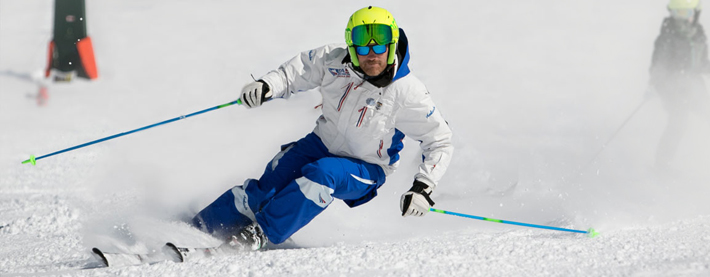
There is no universal rule on how many hours you need to teach and train.
But the numbers above are definitely based on our years of experience of working with ISIA trainees.
In short if you want to progress through the system quickly you need to train more. And that needs to be quality training across the season.
If you choose a proper programme of training the benefits are significant. For a start when you’re more qualified you enjoy skiing more, you’re more attractive to employers, you’ll get a bigger variety of work and earn more.
But whichever path you choose, make sure you go in with your eyes wide open:
- Make sure the ski school you work for give you a clear teaching target
- Make sure you’re getting a realistic wage
- Make sure your training schedule is mapped out and you exactly know how many hours you get
- Makes sure you find out who the coaches are and what their qualifications and experience are (after all you will spend a lot of time with them)
To sum up
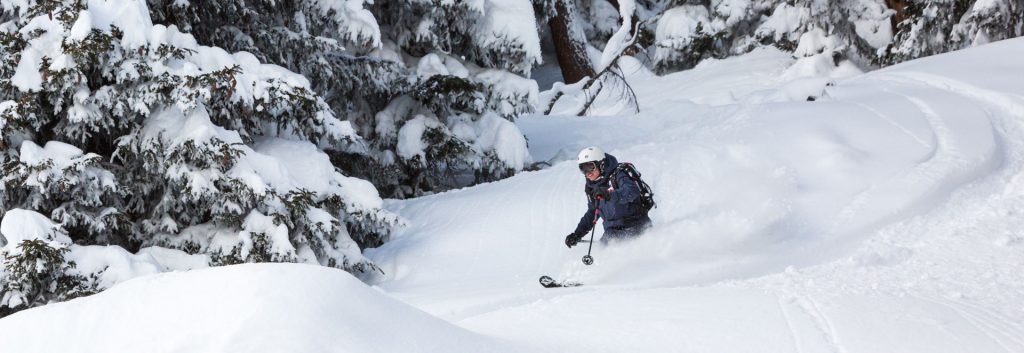
We have been training instructors to the ISIA standard for years.
And of course it’s no surprise that we have a training programme that includes all the ideas above – because it’s designed to get the balance right so you can work, train and succeed.
But it is vital that you make an informed choice about your season, do the maths and get that balance right.
Because when you do you can have an amazing season where you achieve goals, get amazing days training and meet clients that you will teach for years to come.
And if all this has made you think hard about your choices, then just get in touch and we’d be happy to talk to you about your options.


